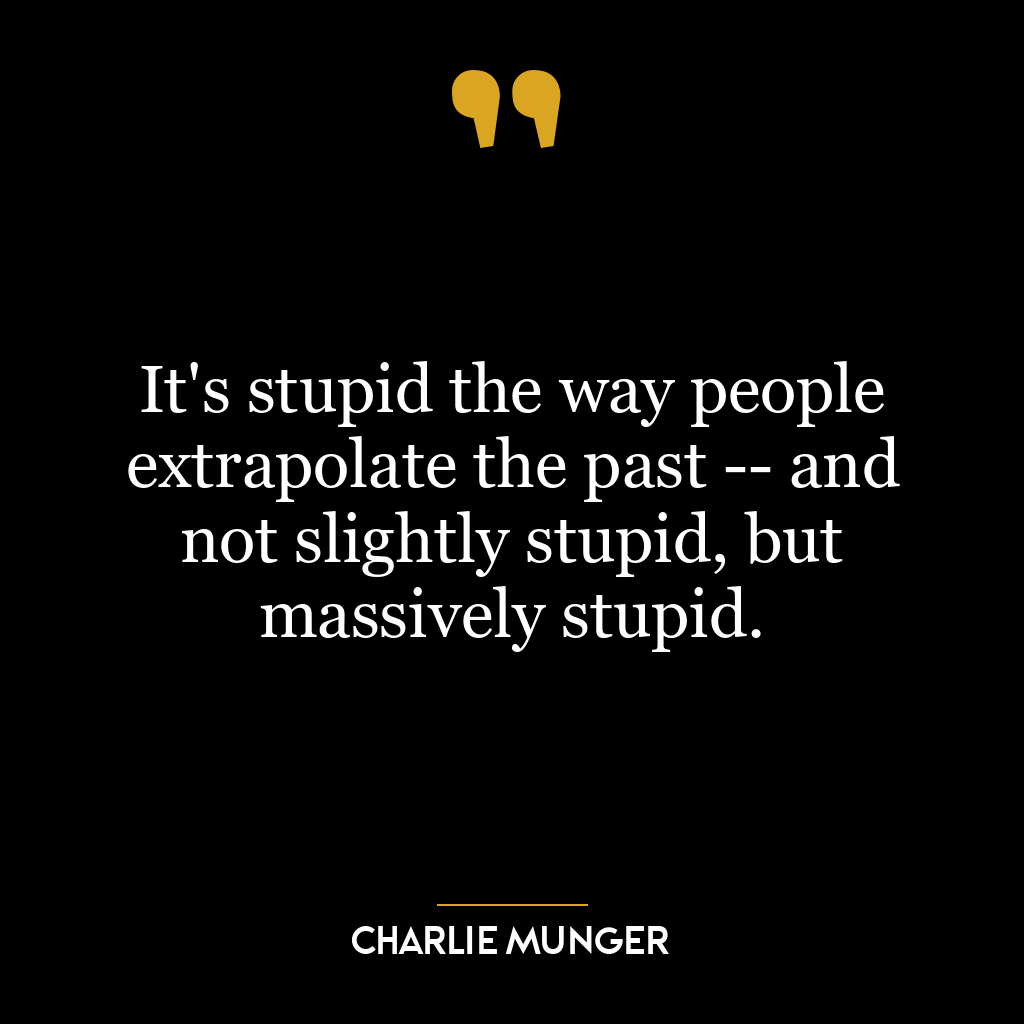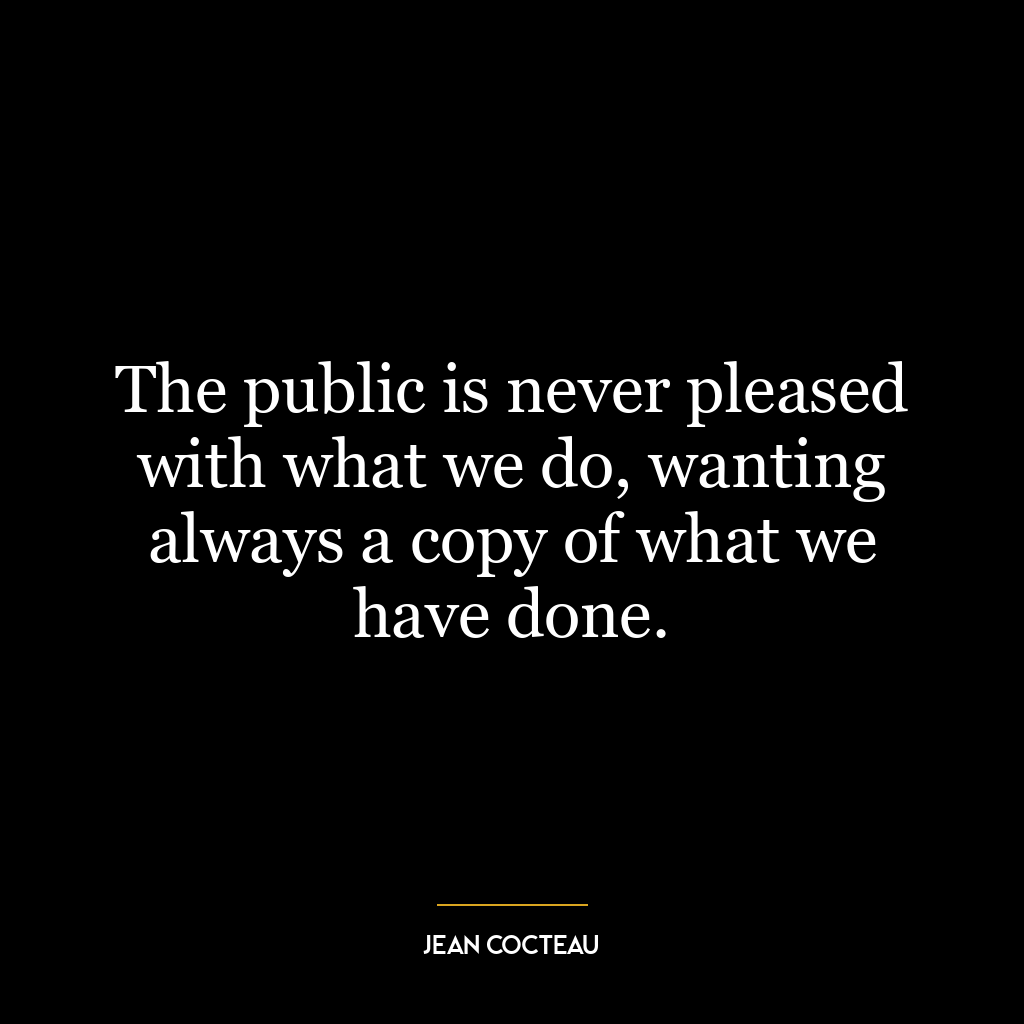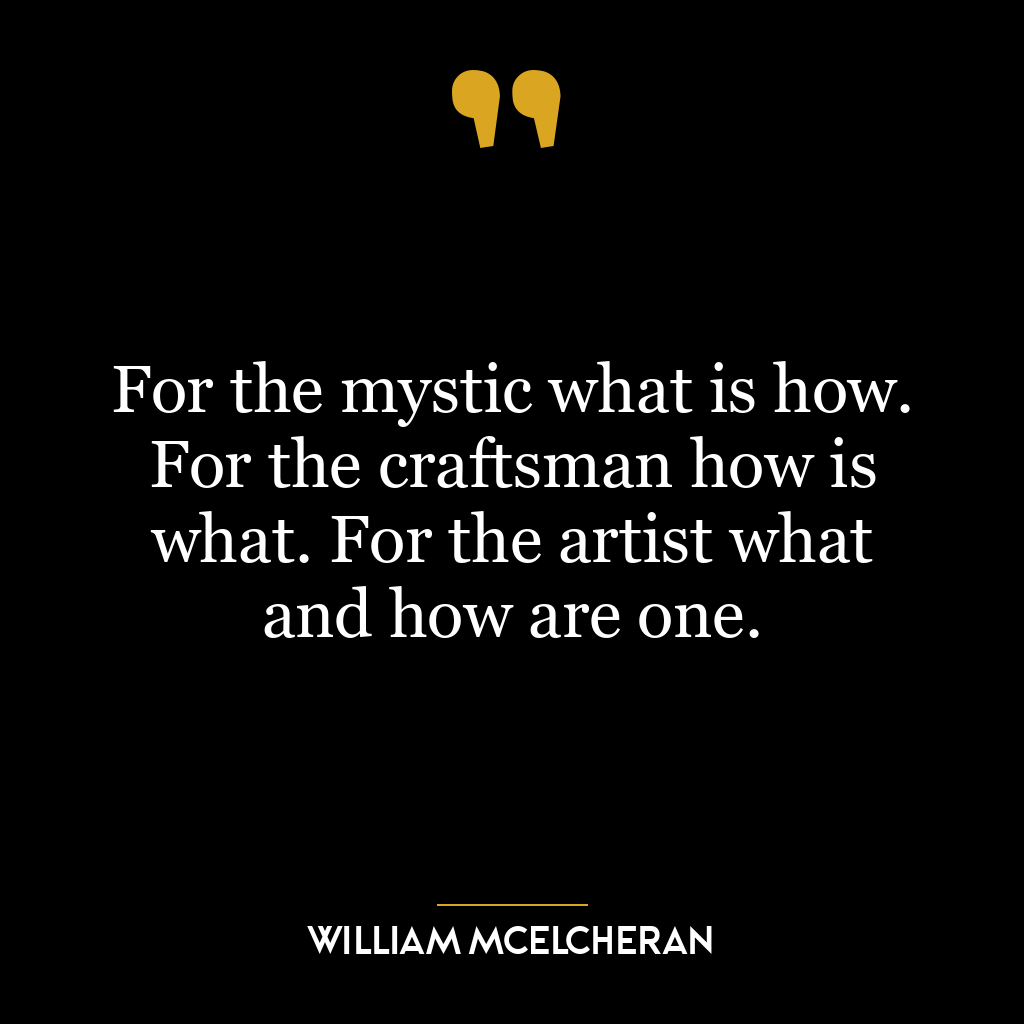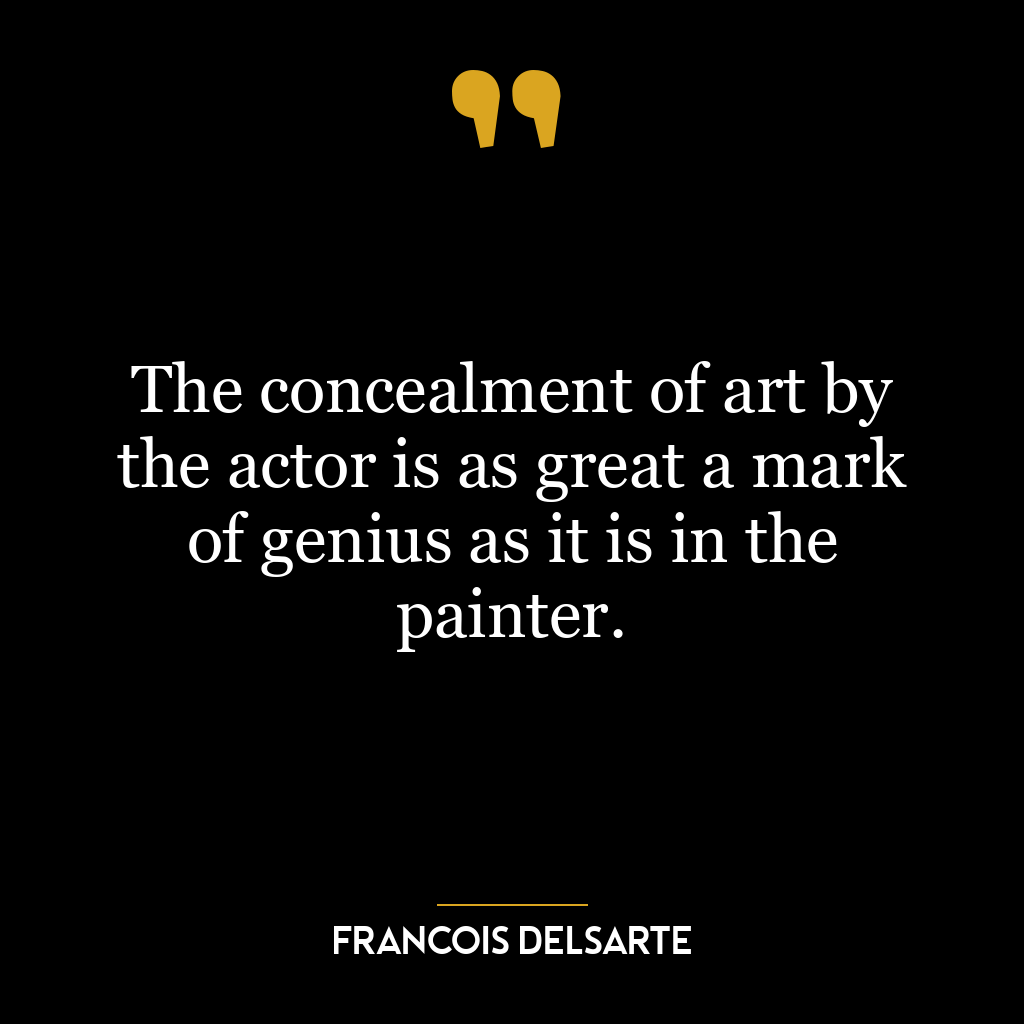This quote suggests that critics are more attached to the established norms, guidelines, and conventions of art than the artists themselves. This is because critics often evaluate art based on their understanding of these rules and how effectively they believe the artist has adhered to them. Artists, on the other hand, may choose to challenge or even ignore these rules in order to express their creativity and individuality more freely.
The quote implies a tension between creativity and criticism. While both are essential components of any art form, they often pull in opposite directions – with creativity seeking novelty and innovation, while criticism tends towards preservation of tradition and standards.
In today’s world where boundaries are constantly being pushed in every field – from technology to music or fashion – this idea remains relevant. Innovators (the artists) tend to break away from traditional norms (the rules) in order to create something new or different. On the other hand, those who critique these innovations (the critics) might be more concerned about how well these new ideas fit into existing frameworks.
In terms of personal development, this quote could be interpreted as a call for balance between following established paths (rules) versus forging one’s own path (art). It encourages individuals not just blindly follow societal expectations but also consider their own unique perspectives when making decisions about their life’s direction. At the same time it reminds us that feedback from others can provide valuable perspective even if it seems overly focused on “rules”. It emphasizes that progress often involves a healthy tension between tradition and innovation.












